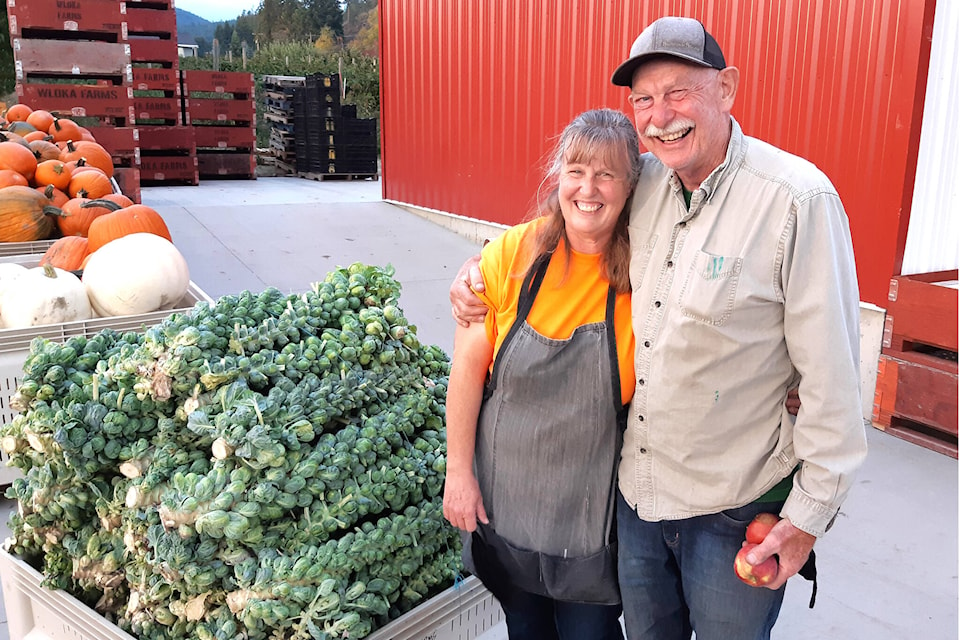By Barb Wloka
Spring is in the air! And with that, seed potatoes are ready for sale.
If you are purchasing seed potatoes, there are a couple of things to keep in mind.
First of all, potatoes from the grocery store may not sprout well. Potatoes sold commercially are often treated so that they will not sprout for the consumer. Although there is nothing wrong with a sprouted potato for human consumption, across the ages it seems someone decided table spuds sell better if they are free from extra growth. Instead, purchase your seed potatoes from a market gardener, a greenhouse, or other source where they have not been treated.
Now, how many potatoes should you plant? A good rule of thumb, assuming you will allow your plants to grow to full maturity, is that 8 to 10 pounds should be harvested from every pound planted. Or, for every kilogram planted, you can expect to harvest 8 to 10 kilograms. If you start harvesting early with the new, baby potatoes, that final quantity will be reduced but the flavour of the new baby potatoes makes that worthwhile in my opinion!
Once you have your potatoes, it may be quite some time before you are able to plant them – every spring is different. Minimum soil temperature should be 6 degrees Celsius or 43 degrees Fahrenheit. Often, an excess amount of moisture in the garden will hold back the planting of potatoes. At any rate, to store seed potatoes, keep them cool (at 4 degrees Celsius or 40 degrees Fahrenheit) but do not let them freeze! In the dark is best although a green seed potato will grow just fine. Store the spuds in cardboard or a paper bag ideally rather than a plastic bag.
When spring has finally sprung and you can work your soil, bring your potatoes into the warmth and check them out. If you find that the spuds have been sprouting in their dark, cool environment, no harm has been done. Just be sure not to break off the existing sprouts. Even if it is a long, gangly piece of green growth, go ahead and plant the potato with its greenery intact.
If sprouts have not started, leave them out for three or four days at room temperature (in light is best, but a dark environment will also work). The spuds will show lovely little sprouts at most eyes. This process is called ‘chitting’. Chitting is not necessary but will give your spuds a head start on their growth. As commercial growers, we do not purposefully chit at Wloka’s due to the quantity we grow and the fact that our spuds are planted with a potato planter, so the chits may well be broken off.
Then there is the next question – to cut or not to cut your seed potatoes. That will be covered in my next article. Stay tuned!
Barb Wloka is owner/operator of Wloka Farms Fruit Stand in Creston, B.C. She and her husband, Frank, have farmed for over 40 years and have learned a lot through trial and error. To grow their knowledge base, both continually research and collaborate with others. They also pick up tidbits of information from staff and customers. Learning to farm is a life-long educational experience!
READ MORE: For the love of the harvest: The history of Wloka Farms Fruit Stand
